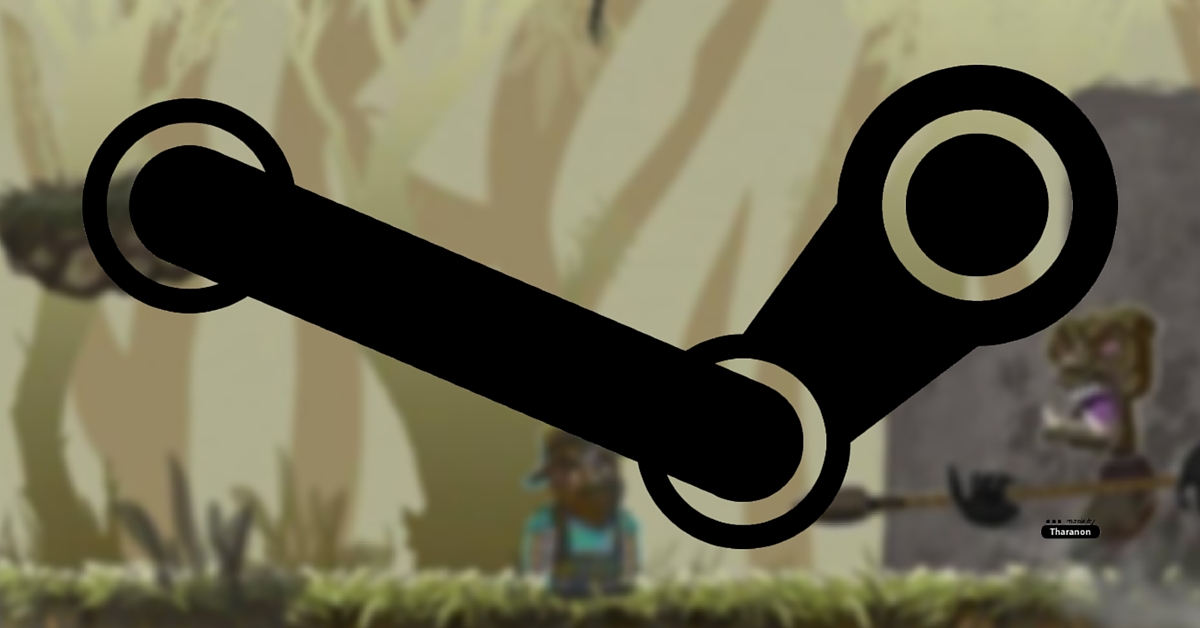
Game Design Enthusiast? Launch a Game on Steam!
As the largest digital distributor of PC games, you really can’t afford to ignore Steam if you’re planning to launch a game. Other platforms such as EA’s Origin, Ubisoft’s Uplay, GOG and Microsoft’s much-maligned UWP platform have sprung up in recent times. But these have barely made a dent in Valve’s gargantuan share of the market, and if you want your game design skills to get noticed, then Steam is the place to be.
So what does it actually take to get your game on to Valve’s storefront? Though Valve like to distance themselves from the label of gatekeeper, in reality they put a fair few checks and balances in place before accepting games on their platform. In this article we offer a few tips on navigating these obstacles to launching your game.
The green machine
For most indie developers without an established reputation, their game will have to go through the Greenlight process. If you’re not familiar with Greenlight, it essentially crowdsources the selection process, allowing Steam’s user base to vote on which games will make it on to the marketplace. There’s no particular quota of votes necessary, Valve uses Greenlight as a means of gauging the relative interest in a project and makes the decision to greenlight the project themselves.
It’s not unheard of for unknown developers to bypass this process altogether – take Incredipede for example – but these are the exceptions to the rule and require a) a lot of luck, b) a knack for self-promotion, and c) a seriously good game.
The application process
There are pretty much no barriers to entry; all you’ll need are:
- A 100 euro application fee (this is purely to deter joke applications and the proceeds go to charity)
- A logo to show up for you game in listings and search results
- Estimated system requirements and a written blurb describing the game
- Four or more screenshots
- One or more videos showing the game in action
It’s fair to say getting your game on to Greenlight is much easier than what follows, which leads us to…
Actually getting greenlit
Greenlight has gotten a lot of stick over the years, mostly for a perceived lack of transparency. However, it’s pretty commonly acknowledged that the process is now a lot more developer-friendly than in the early years. Above all, it’s important to remember that, while the community can vote on what games they like the look of, Valve still makes the final decision.
Community interest will be a major consideration, but another critical factor is whether they feel you can actually ship a polished final product. Once they’ve Greenlit a project, Valve will actually get in contact with the developers to try and nail down a specific date for the launch, and they want to know that you have some sort of plan in place.
For this reason, you want your Greenlight page to show a project with a clear sense of purpose. Even if the game is in the early stages of development, the page still needs to have the following:
- A clear and easily communicable concept. Given your presumably meagre budget, you don’t want to over-promise what you can deliver. Basically, be realistic and don’t pull a Molyneux on it.
- An attention-grabbing trailer. It should go without saying that seeing the game in motion is the real hook to draw any potential backers in. It needs to be well-produced and to highlight your game’s best attributes.
- If at all possible a demo would be great. However you need be confident that it’s rock-solid; nothing’s more off-putting than a buggy and it doesn’t say much for your product’s QA.
It also helps to drum up support elsewhere in order to drive traffic to your page, so don’t be afraid to get in touch with Youtube personalities and journalists with a lot of followers to get their seal of approval.
Getting into game design with Pulse
We offer a full range of game design and development courses, why not check out your options, come to an open day or get in touch?
[openday]
FOLLOW US